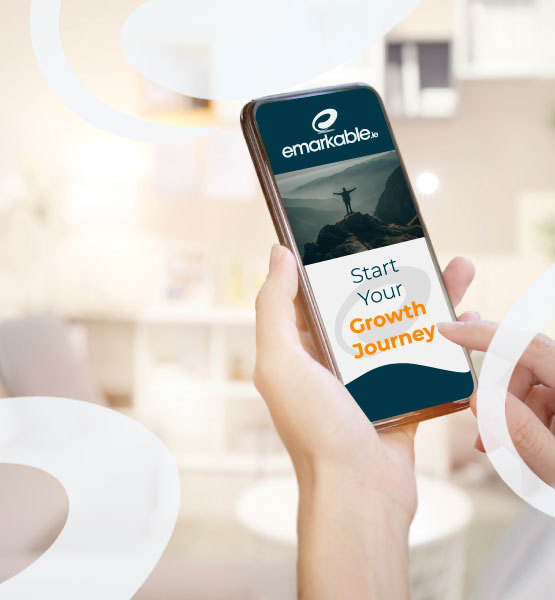7 Principles to Grow Your Business – Chapter 8: Principle 7 – Increase the Frequency of Purchases
Strategies to Foster Customer Loyalty and Repeat Business
Increasing the frequency of customer purchases is essential for business growth. By fostering customer loyalty and encouraging repeat business, you can establish a strong foundation for long-term success. Implementing effective strategies will help you maximise customer retention and drive frequent transactions.
Building Personalised Relationships through Targeted Marketing Campaigns
- Segmented Marketing: Divide your customer base into segments based on demographics, purchasing behaviour, or preferences. Tailor your marketing campaigns to each segment, delivering personalised messages and offers that resonate with their specific needs and interests.
Example: An online fashion retailer segments its customers based on gender and shopping preferences. They send targeted emails featuring new arrivals and exclusive promotions tailored to each segment, increasing the likelihood of repeat purchases.
- Automated Email Campaigns: Set up automated email campaigns to engage with customers at various stages of their buying journey. Send personalised recommendations, follow-up emails, or special offers to encourage repeat purchases and nurture customer relationships.
Example: An e-commerce store sends automated emails to customers who have made a purchase, offering related products or complementary items. These emails serve as gentle reminders and provide opportunities for customers to make additional purchases.
Implementing Customer Retention Initiatives and Loyalty Programmes
- Customer Retention Initiatives: Developcustomer loyalty strategies to engage and retain existing customers. Offer exclusive perks, rewards, or discounts to encourage repeat business and build customer loyalty. Focus on providing exceptional customer experiences to foster long-term relationships.
Example: A coffee shop offers a loyalty program where customers earn points for each purchase. These points can be redeemed for free drinks, discounts, or even exclusive access to events. This initiative encourages customers to return frequently and become loyal advocates of the coffee shop.
- VIP Programmes: Create special VIP programs for your most loyal and high-value customers. Provide them with exclusive benefits, personalised offers, and VIP treatment to enhance their experience and increase their loyalty.
Example: An online subscription-based beauty box service offers a VIP program for customers who have subscribed for a certain period or reached a specific spending threshold. VIP members receive additional beauty samples, early access to new products, and personalised beauty recommendations.
Leveraging Data and Customer Insights to Drive Repeat Purchases
- Purchase History Analysis: Analyse customer purchase history to identify patterns and preferences. Use this data to tailor product recommendations and create targeted marketing campaigns that align with their past purchases and interests.
Example: An online bookstore analyses customers’ purchase history and sends personalised email recommendations based on their favourite genres or authors. By suggesting books that align with their preferences, they increase the chances of repeat purchases.
- Predictive Analytics: Utilise predictive analytics to anticipate customer behaviour and proactively offer personalised promotions or product suggestions. By leveraging data-driven insights, you can predict when customers are likely to make repeat purchases and provide timely offers.
Example: An online grocery store uses predictive analytics to anticipate customers’ replenishment needs based on their previous purchase frequency. They send automated reminders and offers when it’s likely that customers will need to restock their pantry items.
Encouraging Customer Feedback and Continuous Improvement
- Feedback Channels: Provide various channels for customers to provide feedback, such as surveys, social media, or customer support. Actively listen to customer feedback and make improvements based on their suggestions and concerns.
Example: An online marketplace encourages customers to leave reviews and ratings after each purchase. They carefully monitor customer feedback and use it to enhance product offerings, customer service, and overall shopping experience.
- Continuous Improvement: Foster a culture of continuous improvement within your organisation. Regularly evaluate your products, services, and processes to identify areas for enhancement. Implement changes based on customer feedback and market trends to stay relevant and meet evolving customer needs.
Example: A software company regularly solicits feedback from its customers through user surveys and focus groups. They use this feedback to continuously improve their software’s features, functionality, and user interface, ensuring that customers receive the best possible experience and increasing the likelihood of repeat purchases.
By implementing these customer loyalty strategies to increase the frequency of customer purchases, you can foster customer loyalty, build personalised relationships, implement retention initiatives, leverage data and customer insights, and encourage customer feedback. These efforts will help you drive repeat business, enhance customer satisfaction, and achieve sustainable growth for your business.




